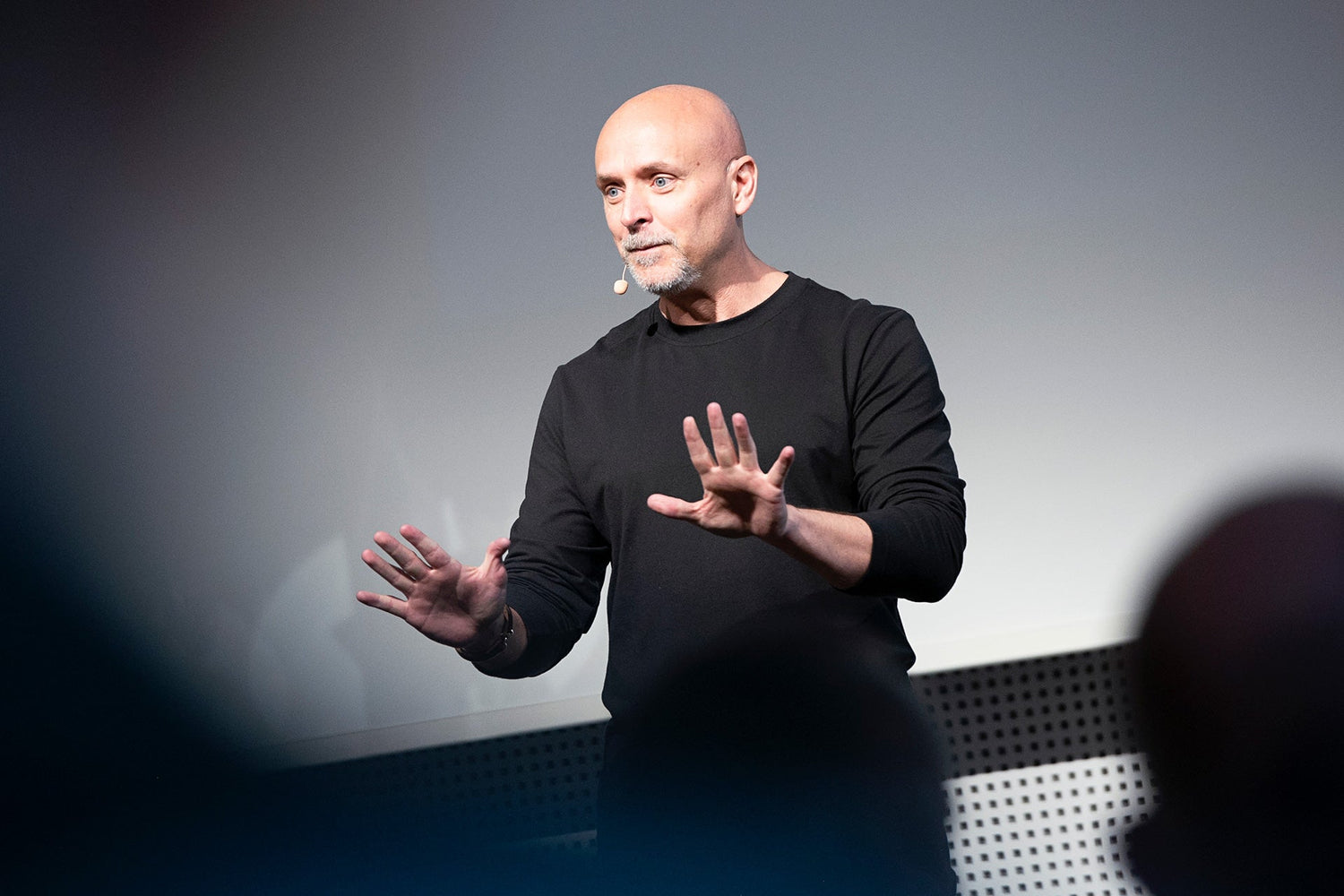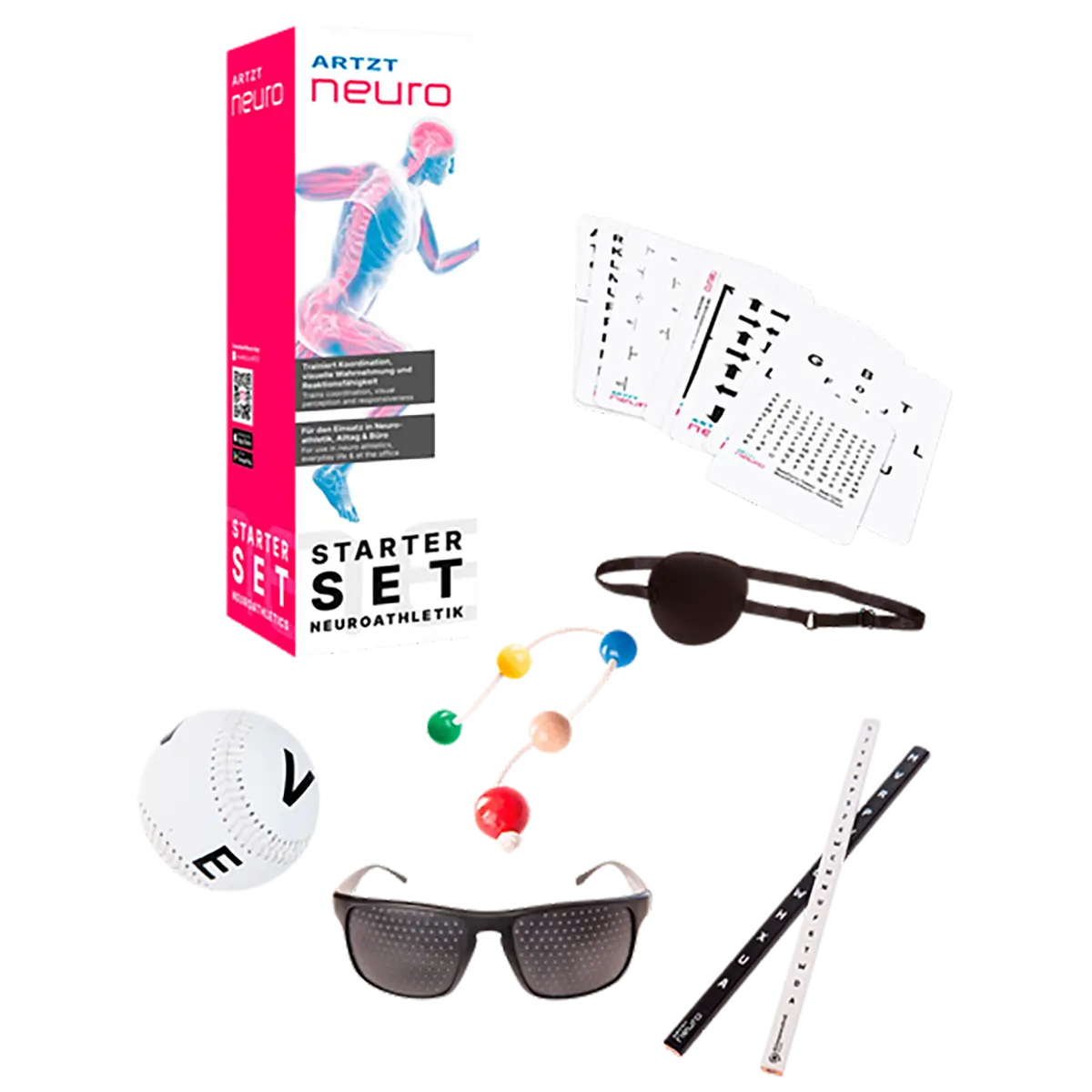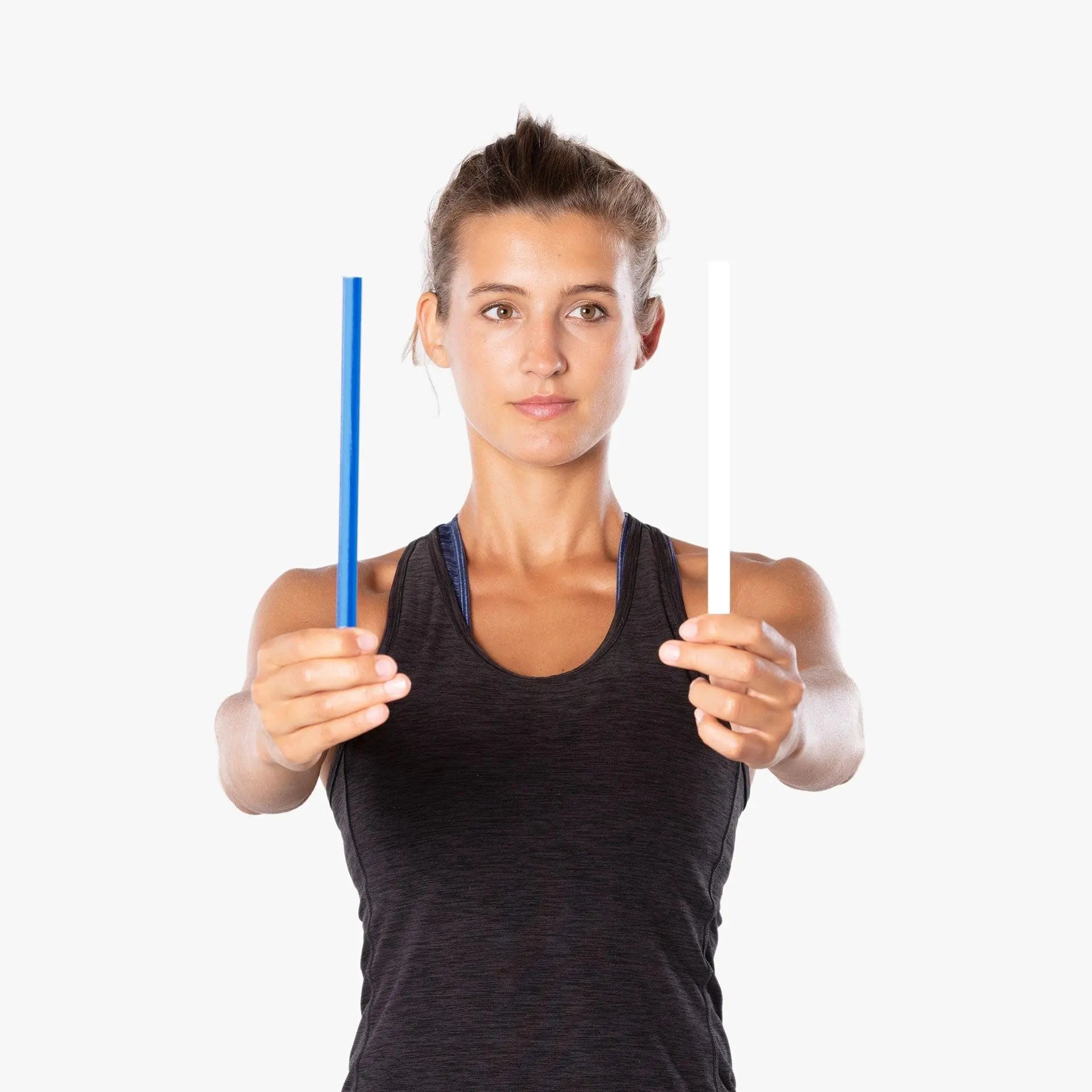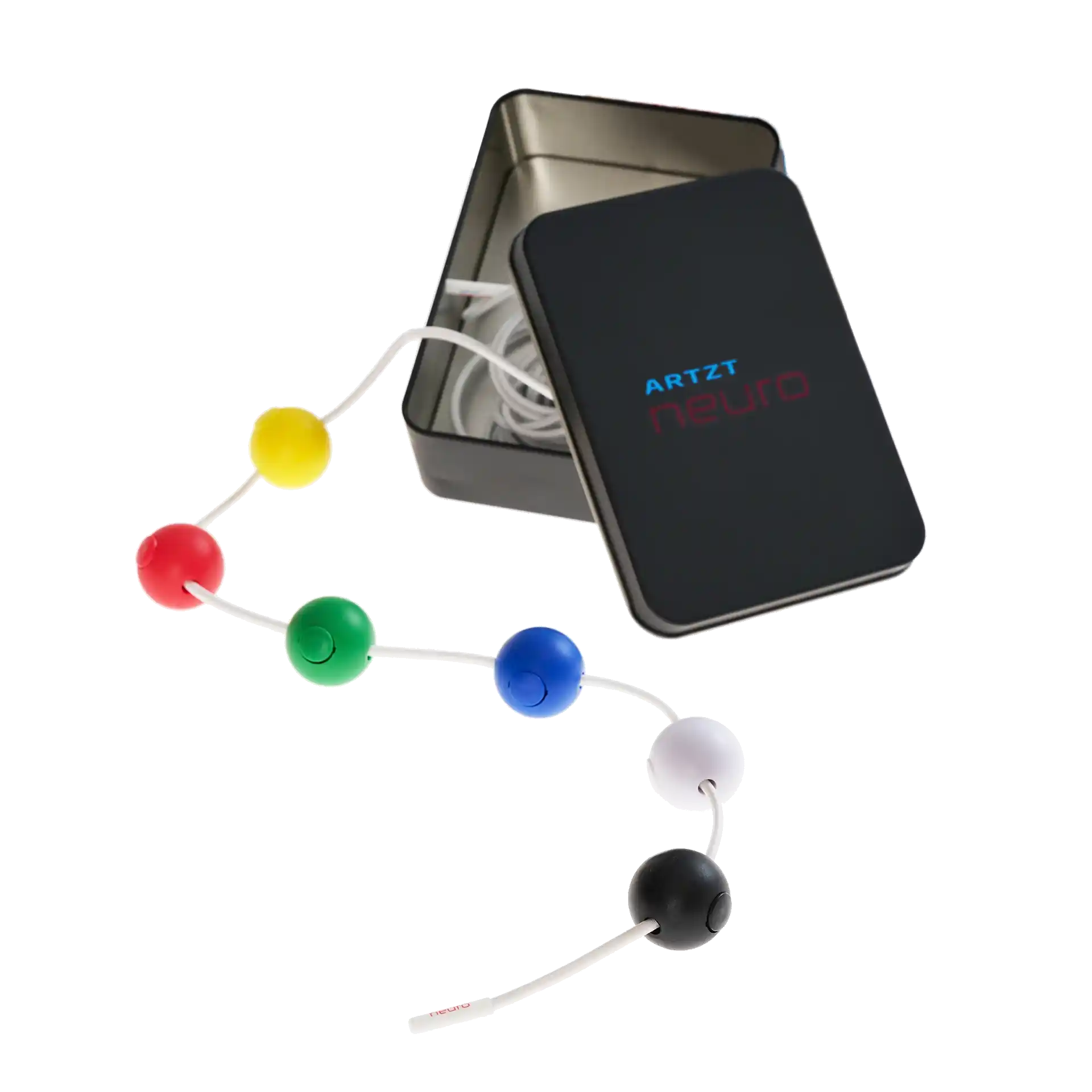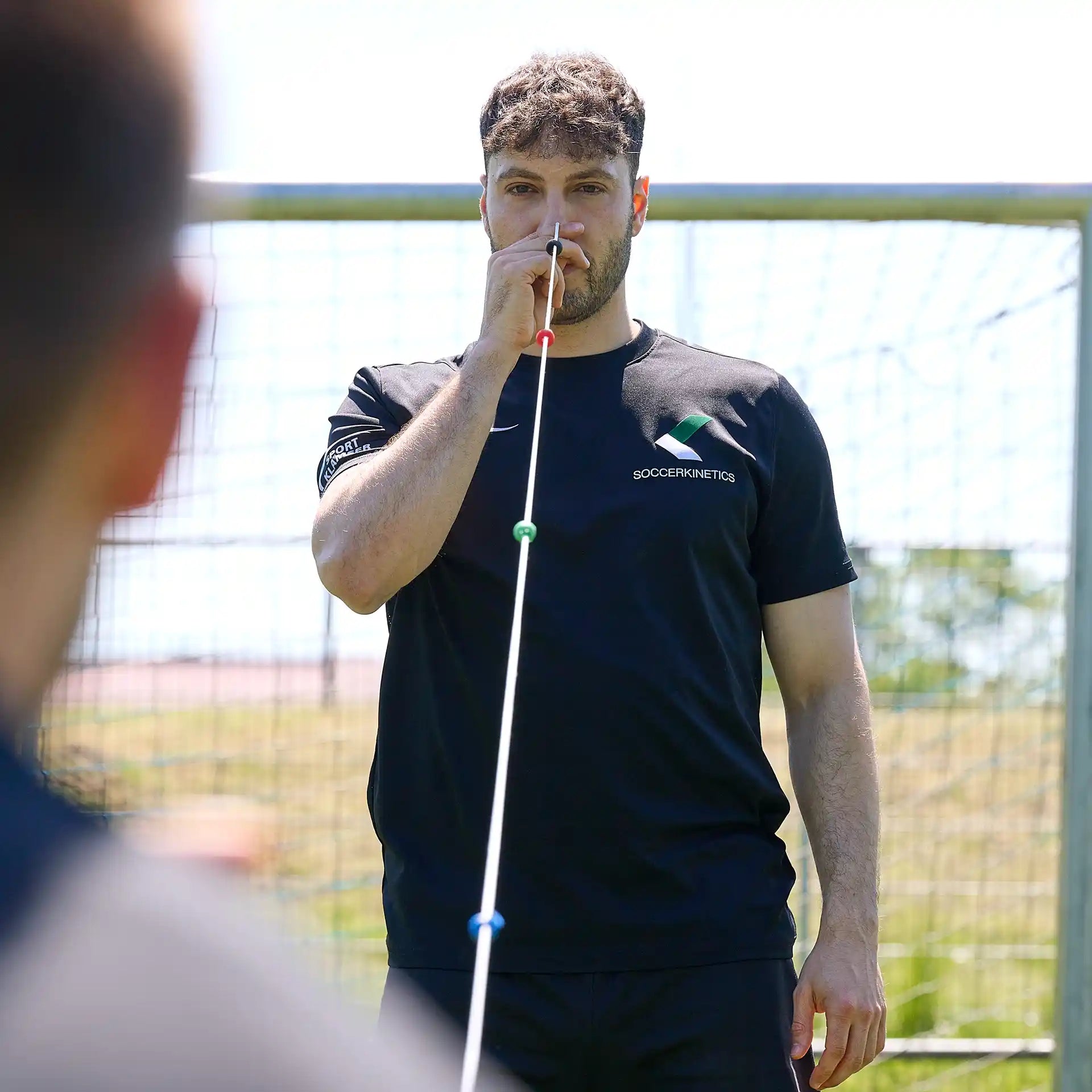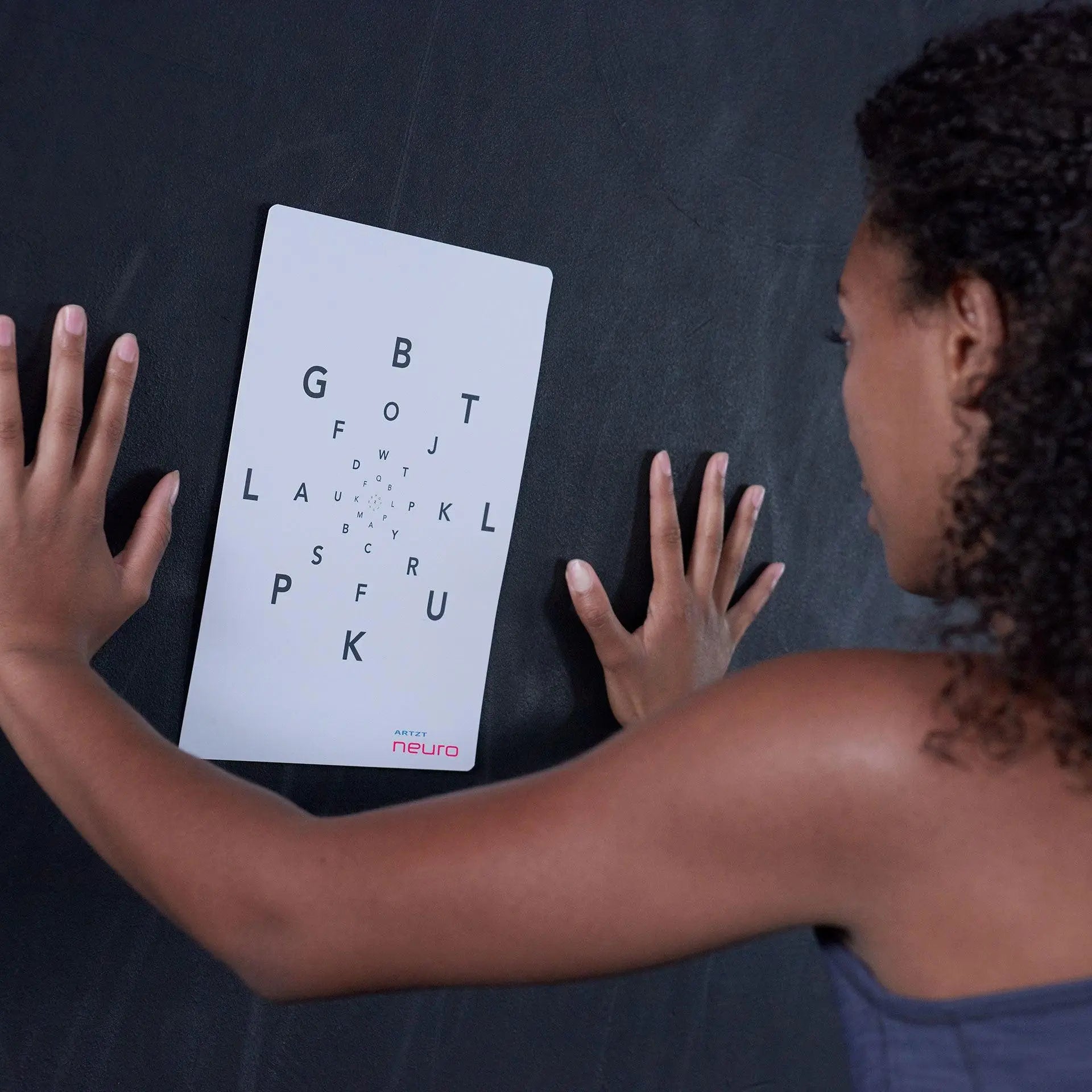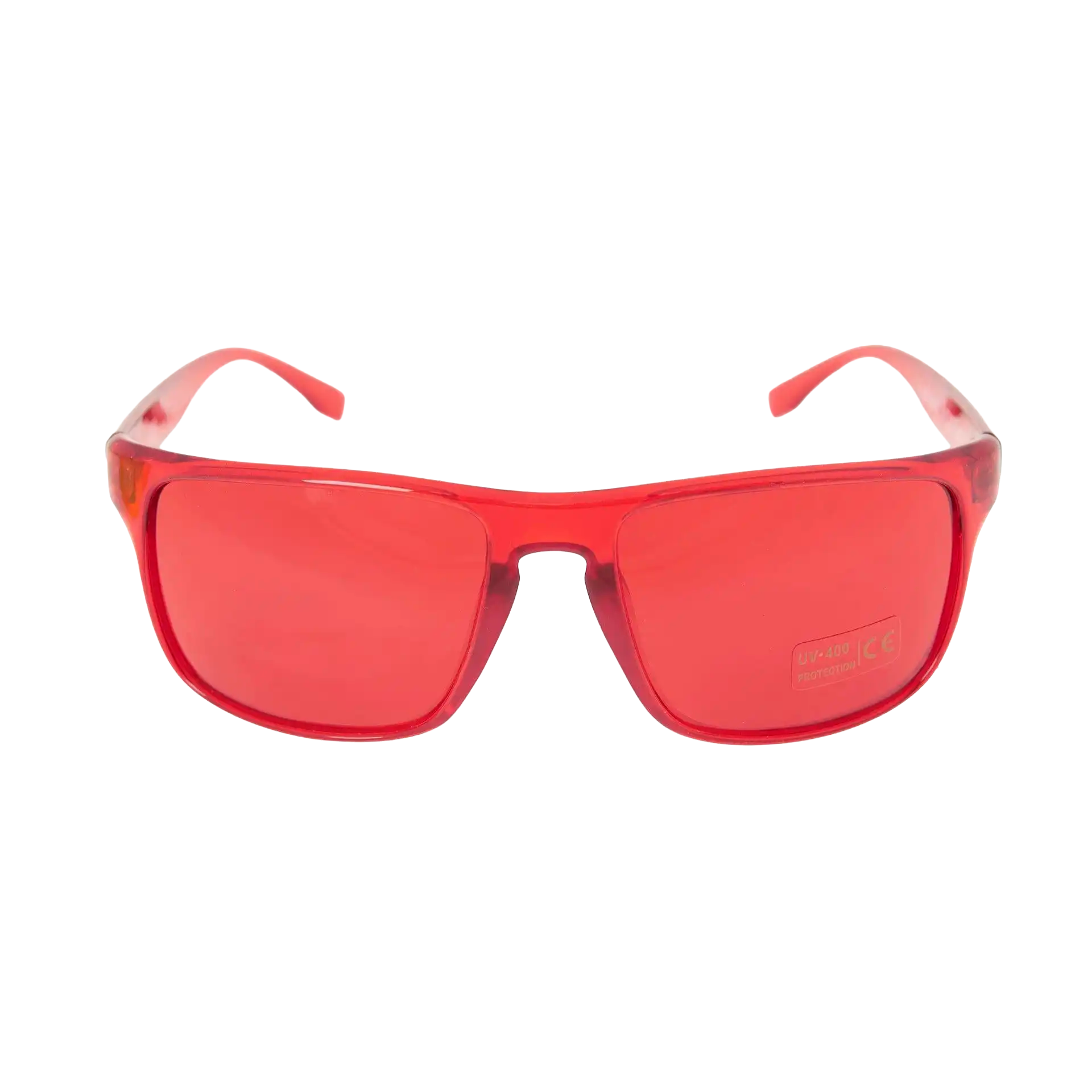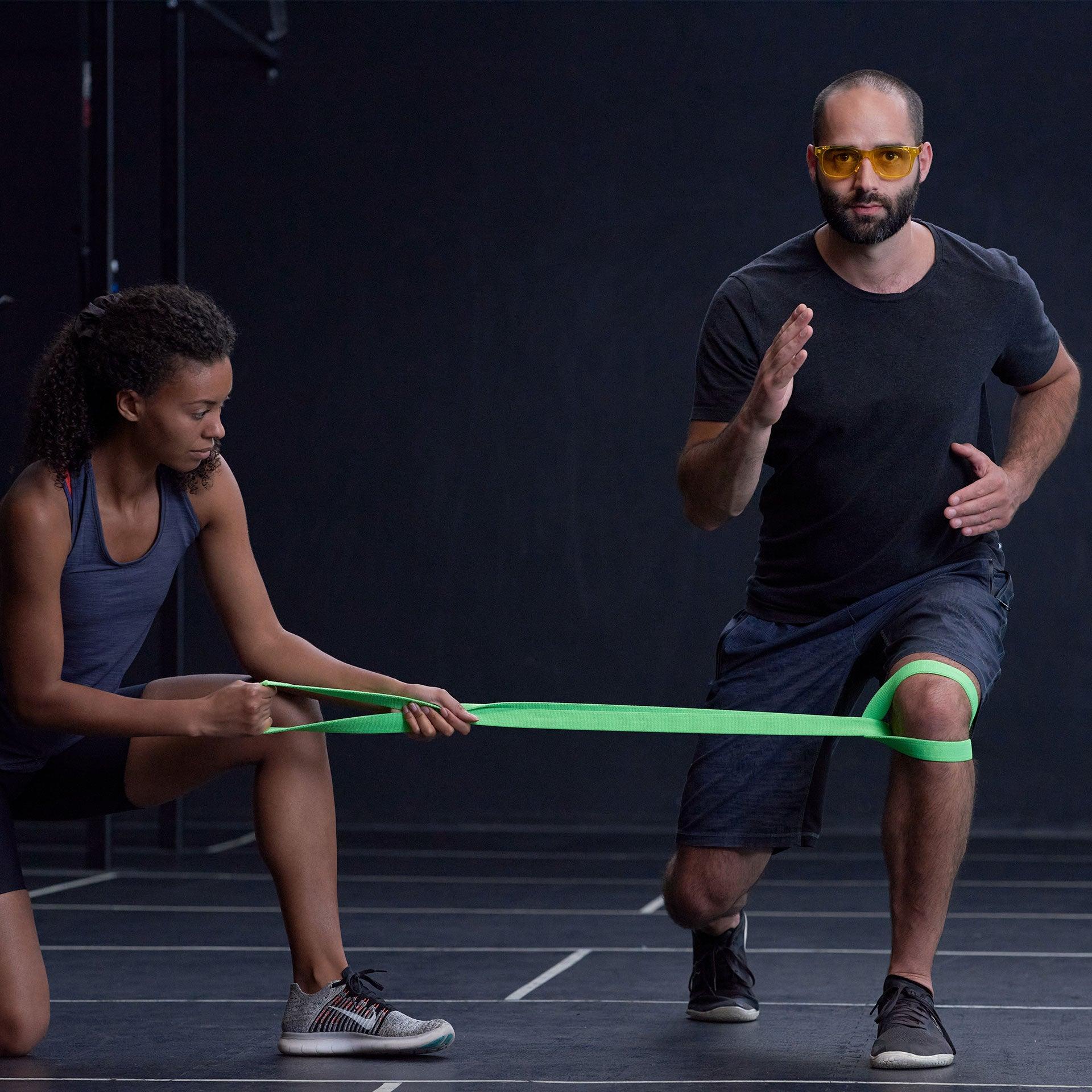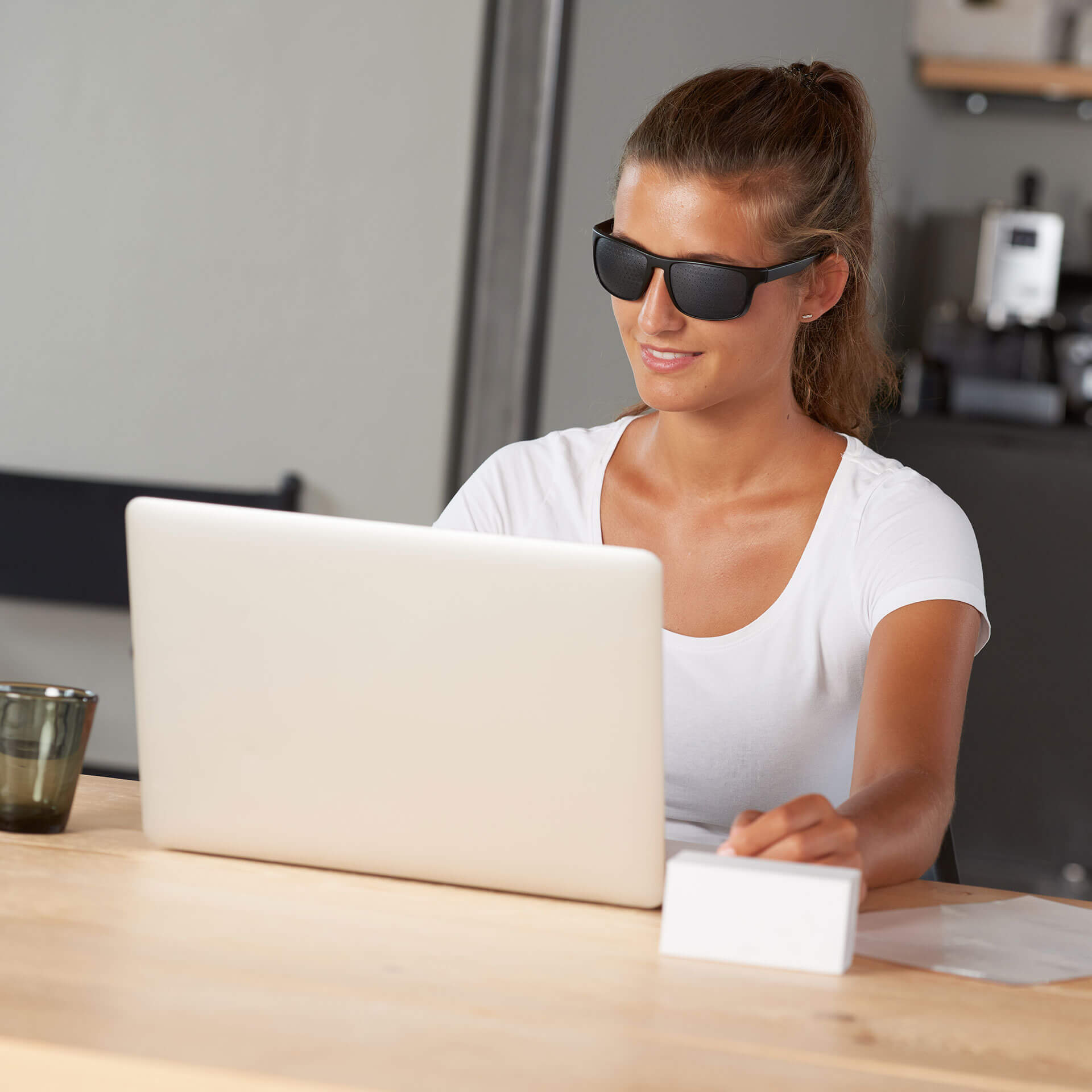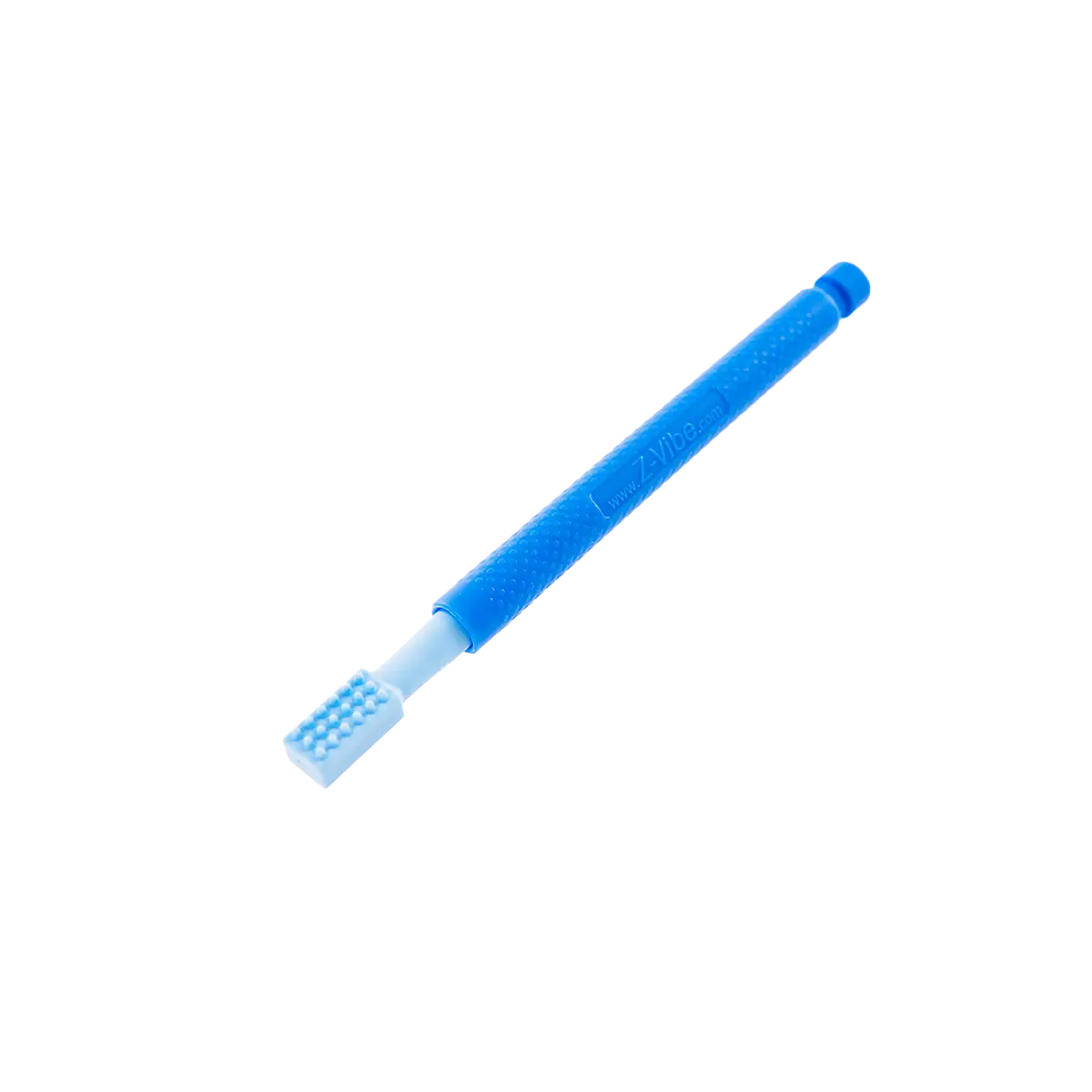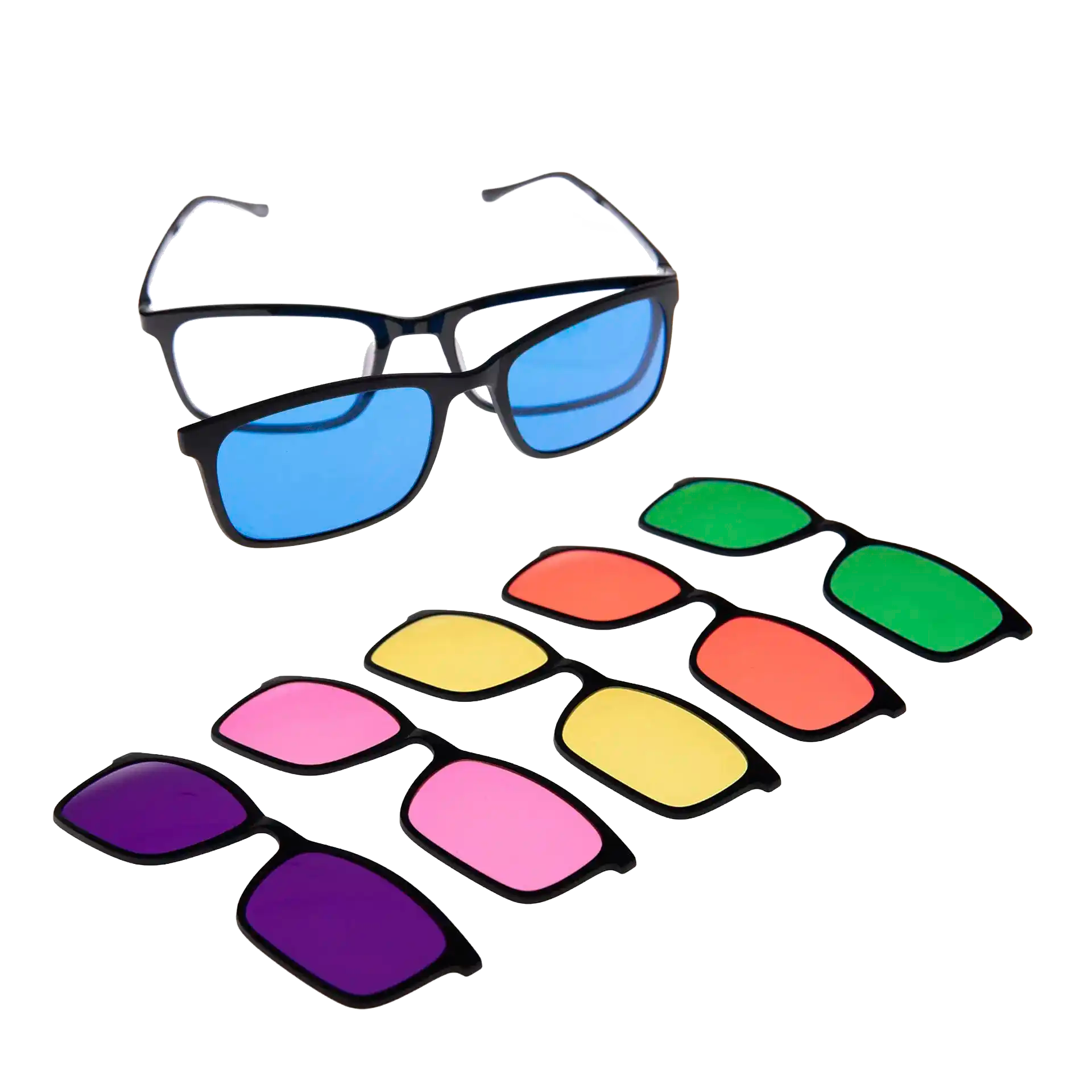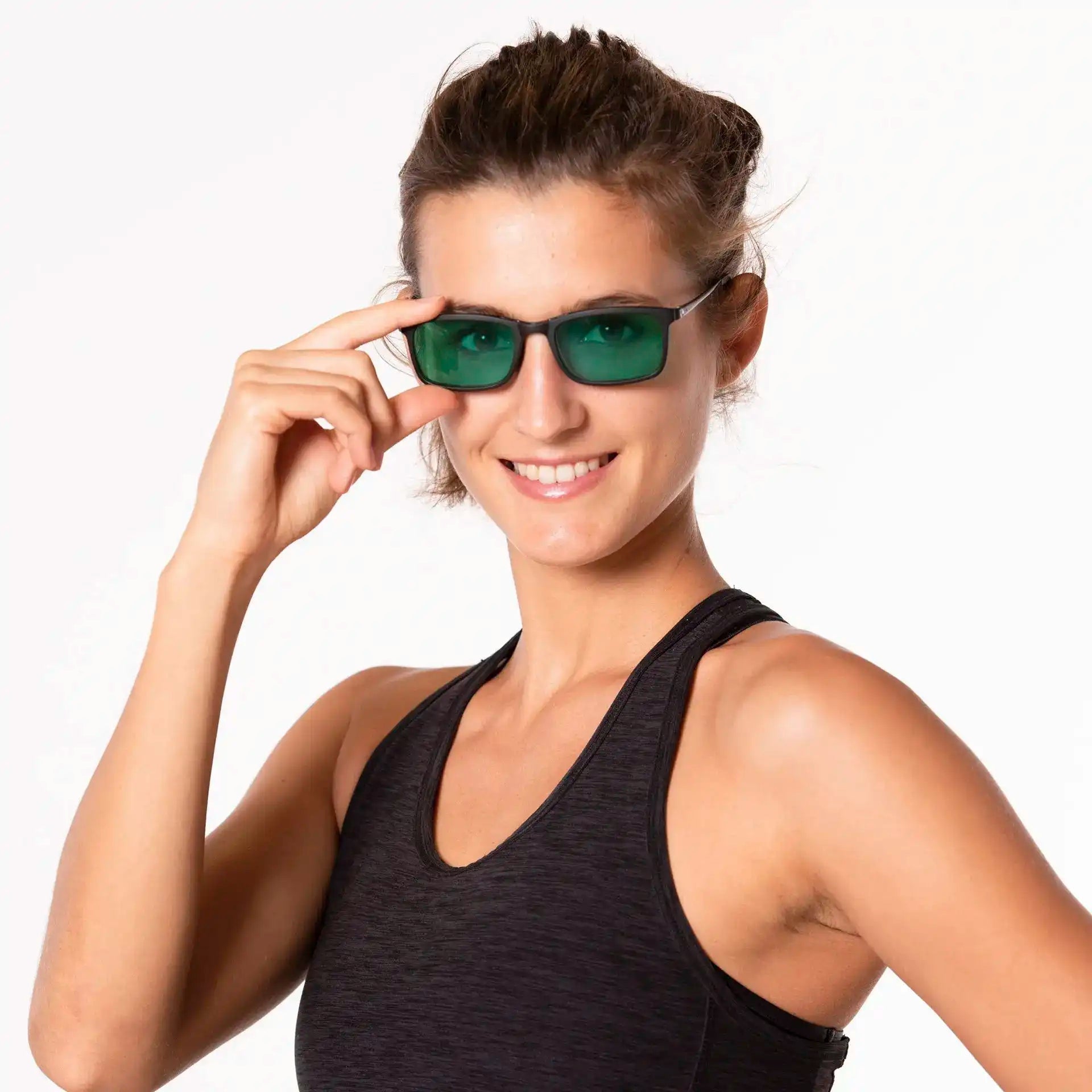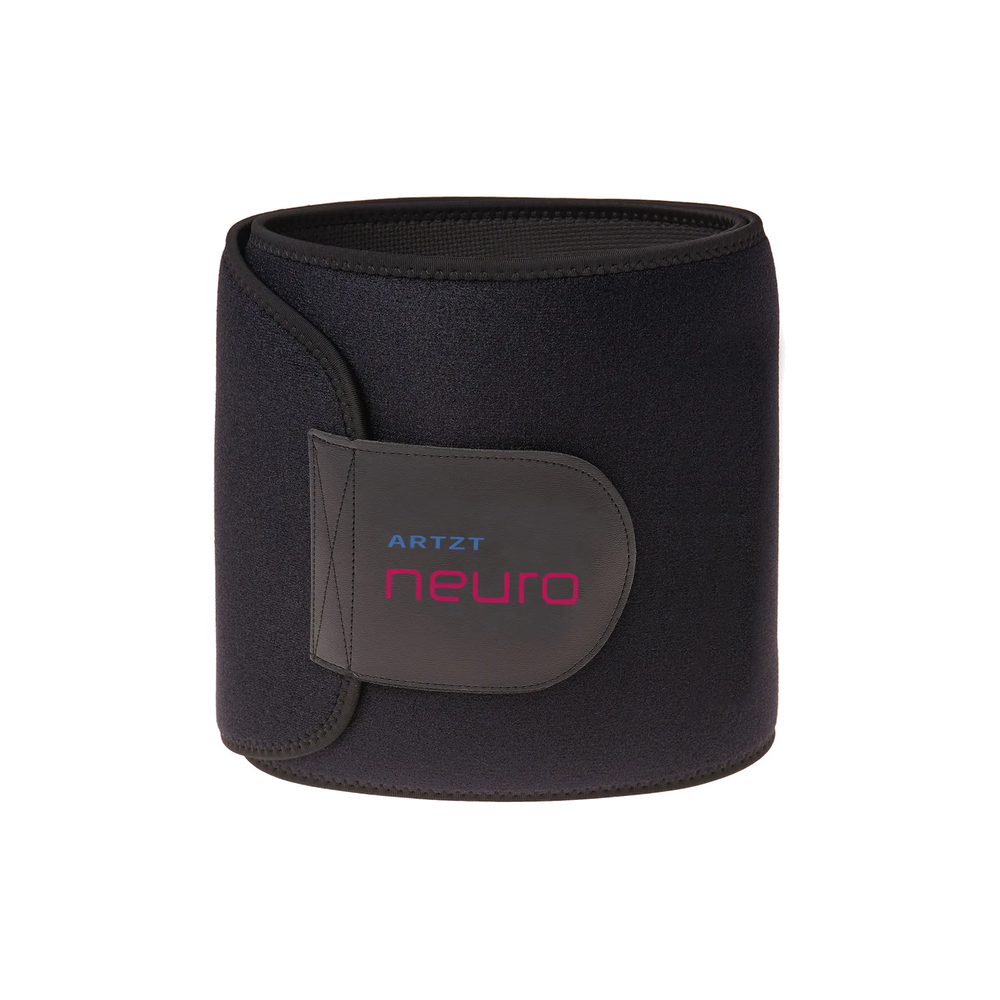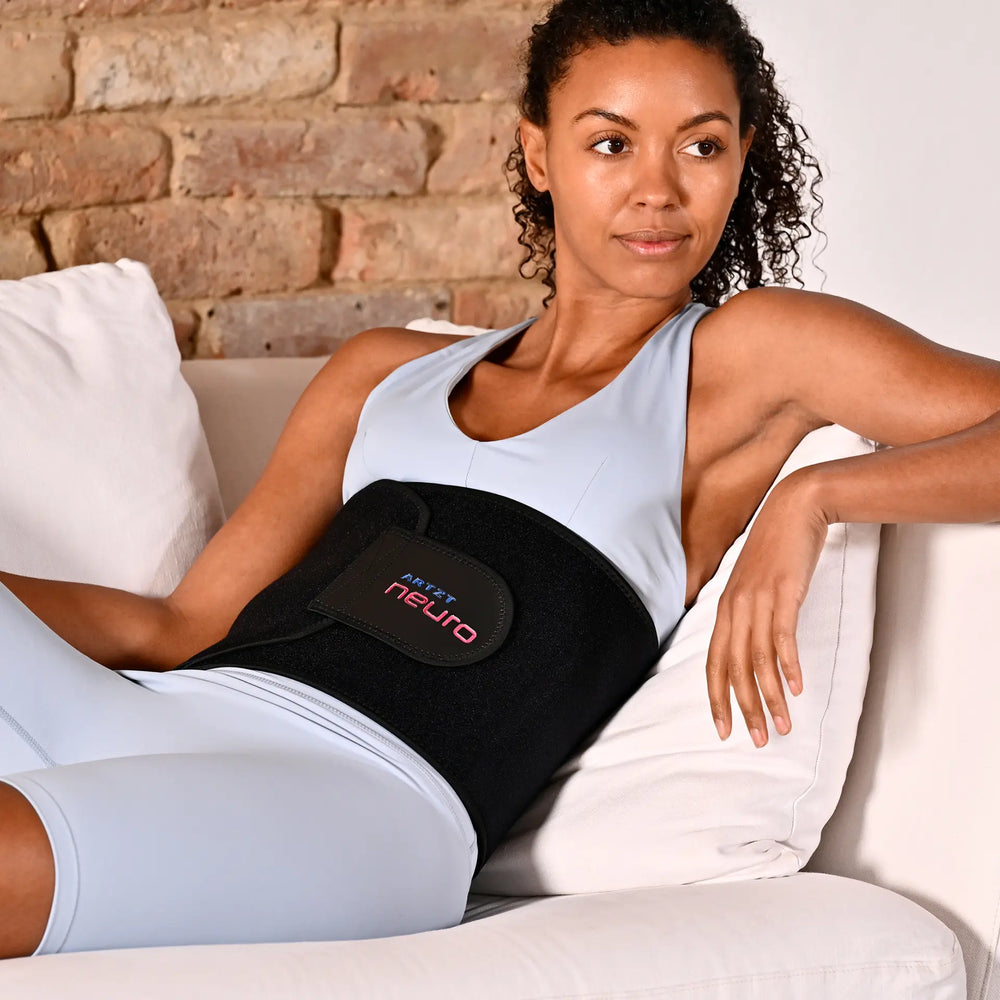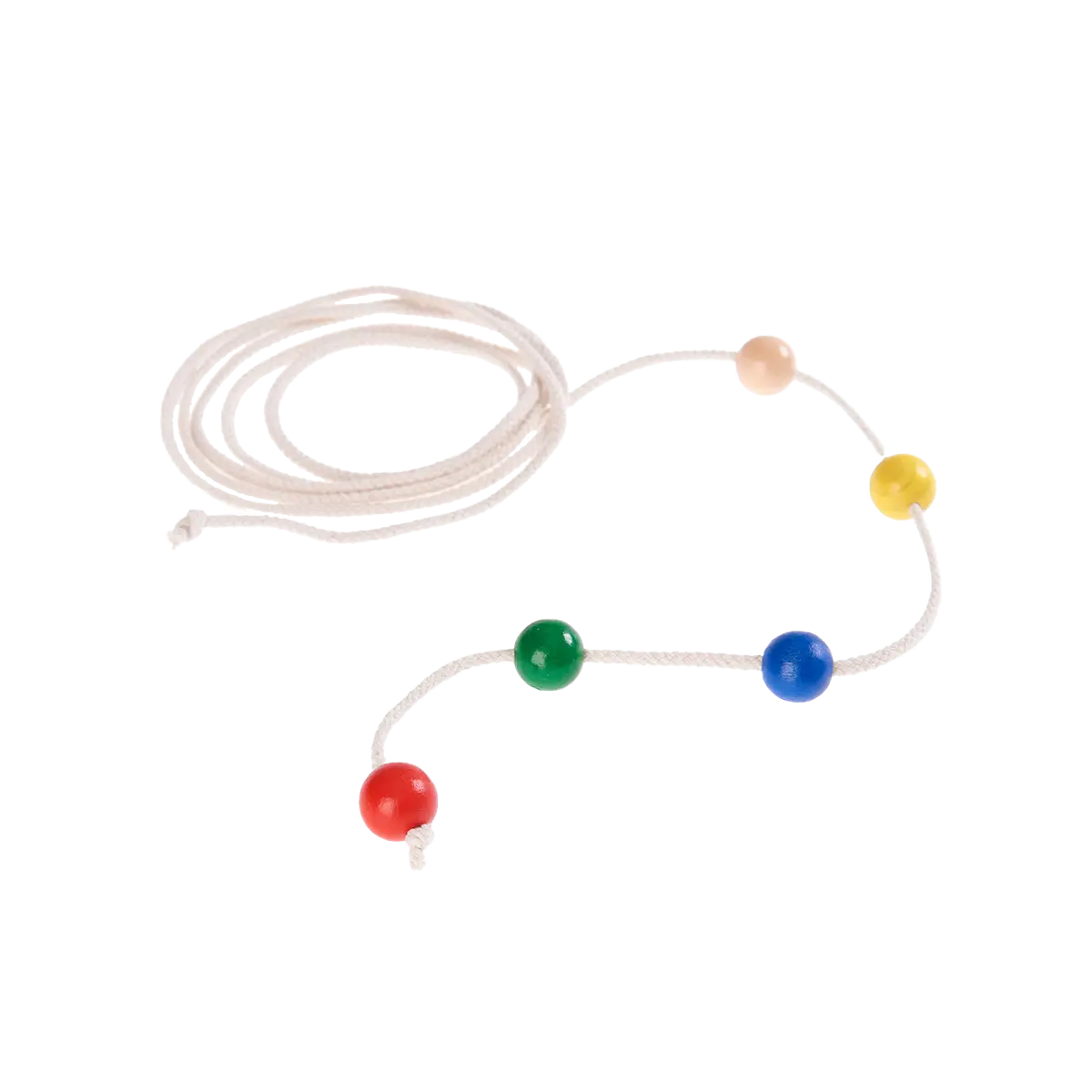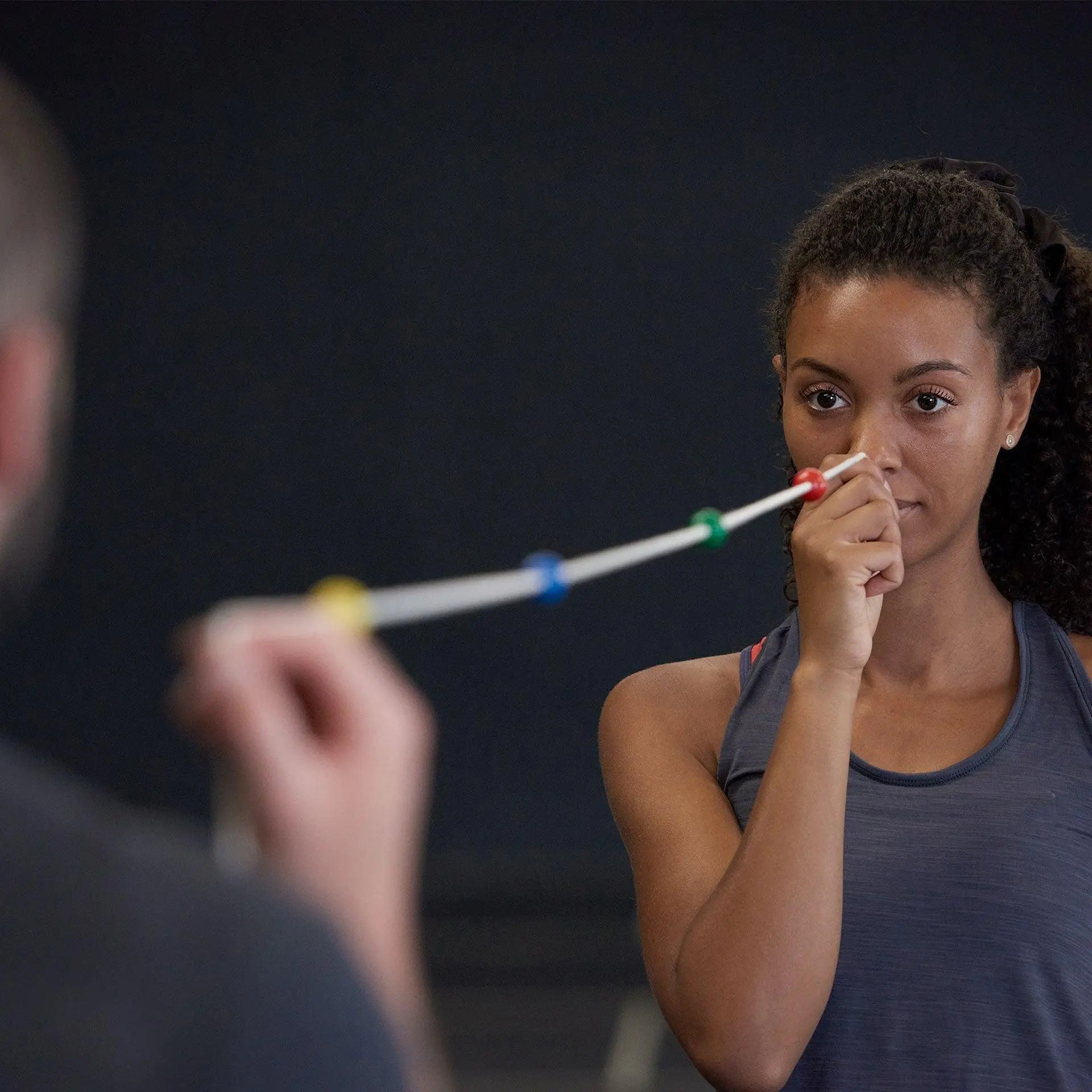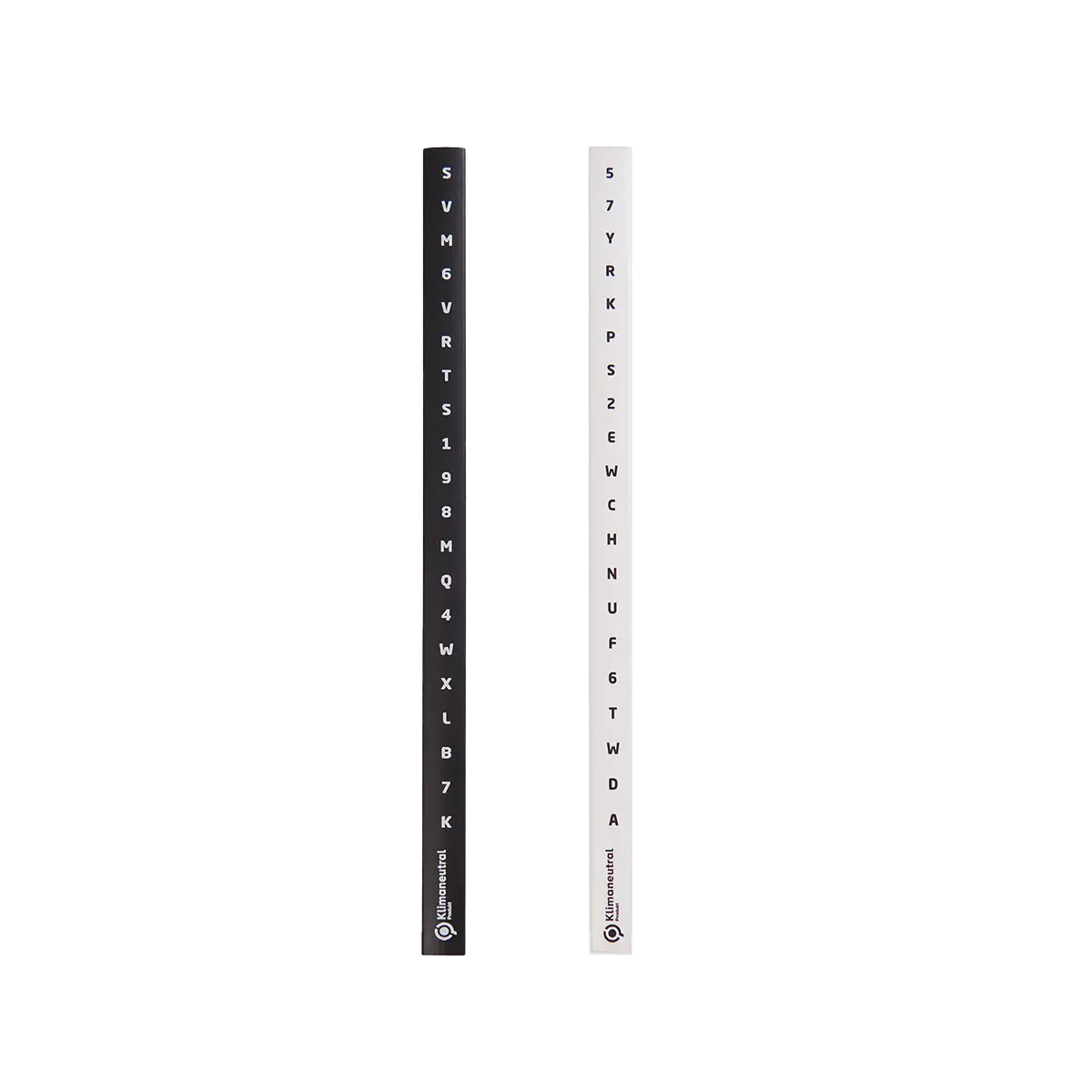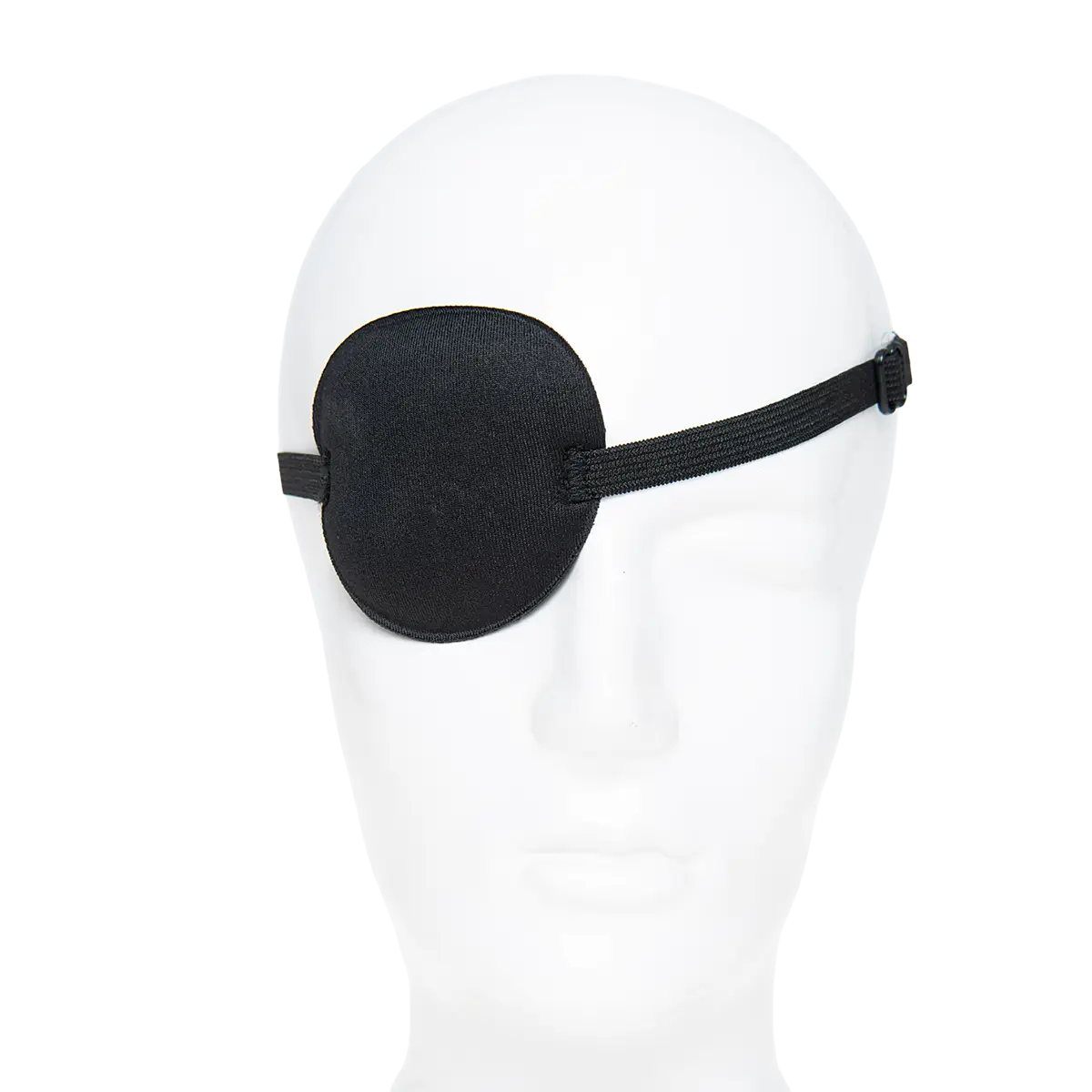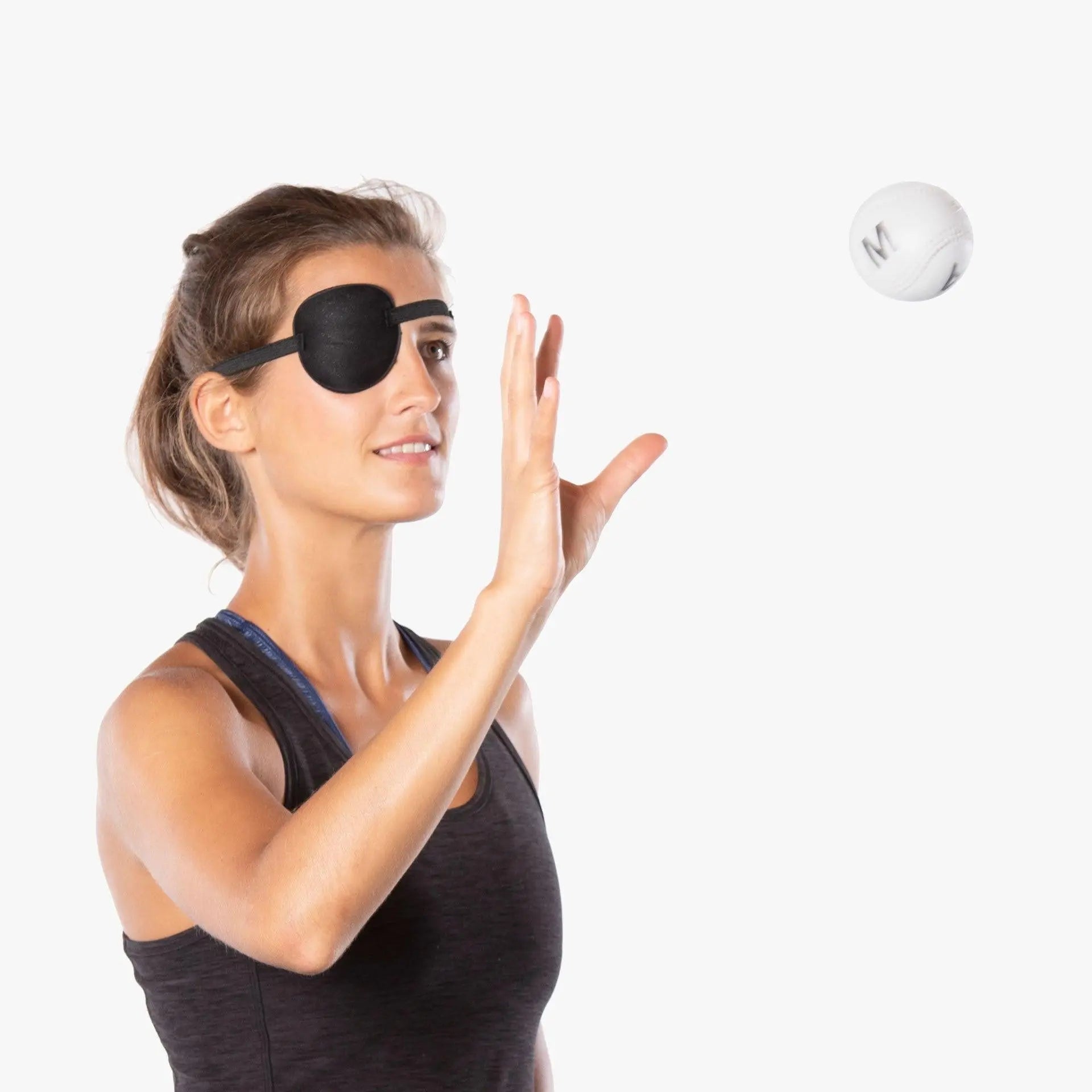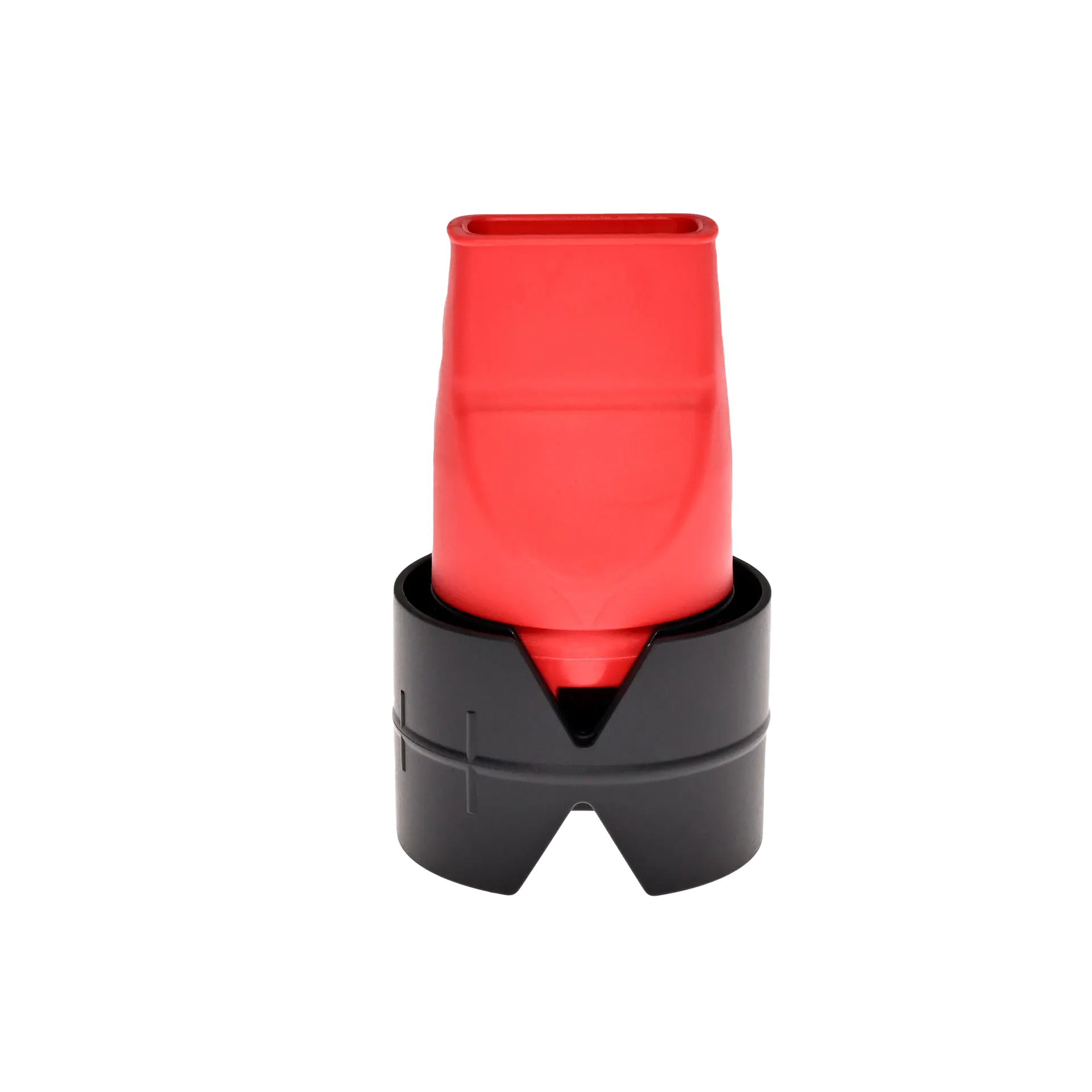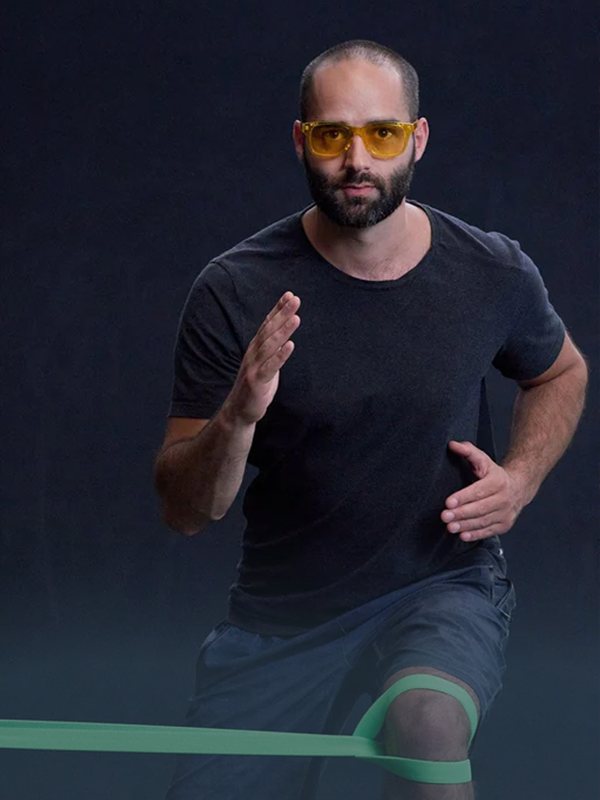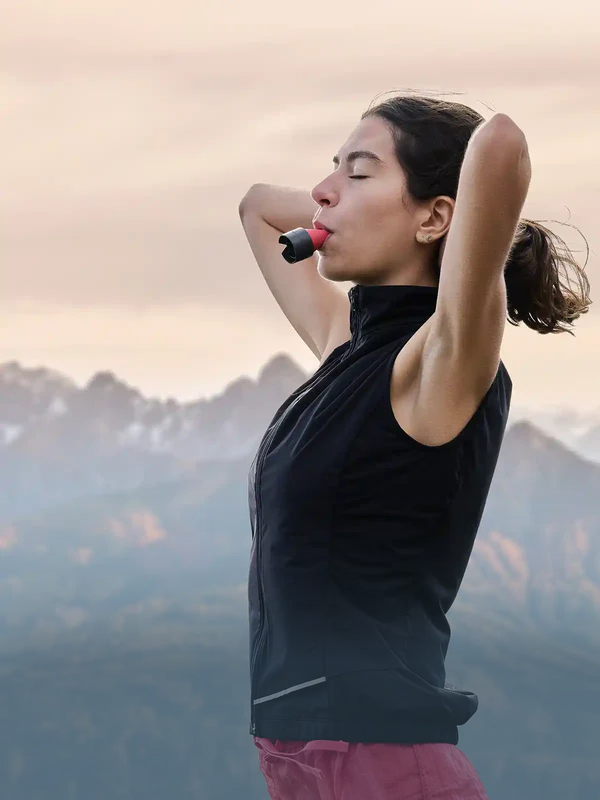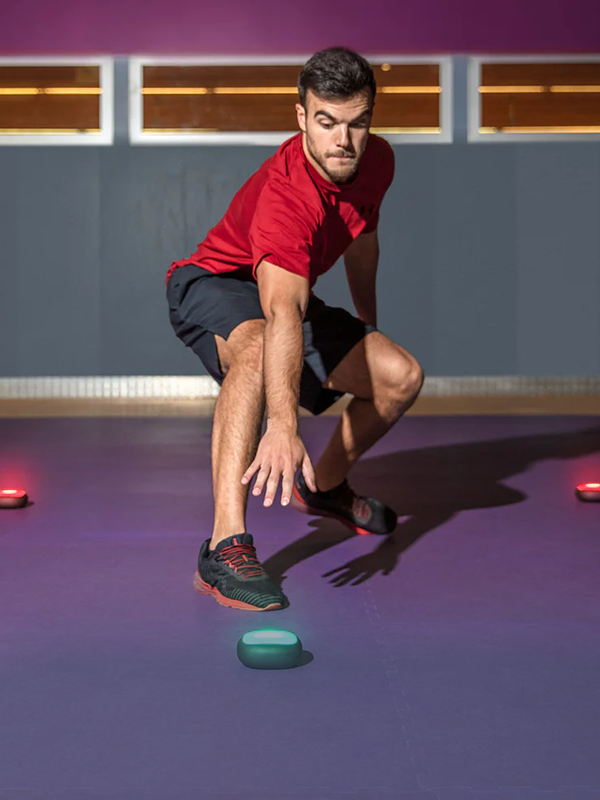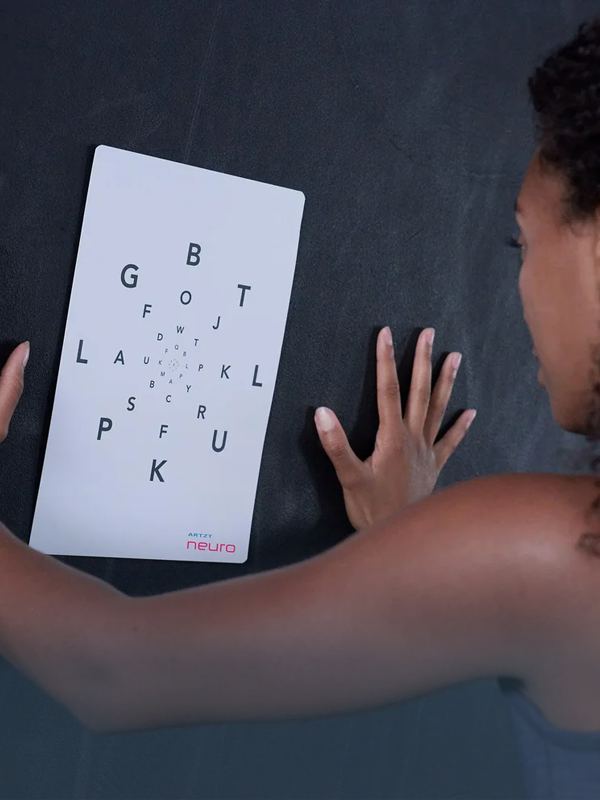Reading time: 7 minutes
ARTZT neuro: Eric, what does the Z in Z-Health stand for?
Eric Cobb: Everyone asks me that. When I started Z-Health in the early 90s, I worked with a Russian doctor and trained in Russia. The Russian word for health is здоровье (zdorov'ye), and that word begins with a Z. So it's a tribute to those early influences. I've tried to change it over the years, but it kind of stuck. We like it, so we left it alone.
AN: What exactly is Z-Health and how did it all start?
EC: Z-Health represents two areas: the company itself, and our training concept. We offer a comprehensive curriculum comparable to a master's degree or doctorate. We specialize in "Neurocentric Training" training for physiotherapists, physicians, and sports coaches who want to integrate the head and brain components into their field of work.
As I mentioned, I started training right after finishing school and initially felt fit and well-prepared with the coursework. However, I quickly became dissatisfied and frustrated with the results I achieved with my clients, athletes, and patients. There were often only small improvements, and the process usually took a very, very long time. In addition, I had several injuries myself and was, so to speak, a chronic pain patient—a patient with many therapies and few successes. I was fortunate enough to have a professor at the university who—today we would call it—had studied and taught modern pain neurophysiology, and who fascinated me with this topic. He sparked my interest in neurology itself and how neurological knowledge can be used to improve movement and pain. From 1995 to 2002/2003, I tested my new knowledge on myself and my clients. These insights now form the basis of the Z-Health training concept. When people ask me how Z-Health came about, my answer is, "Z-Health is the result of my own frustration." And I see that in the participants of our seminars, too. They want to help their customers and patients faster and more efficiently.
>> Reading tip: Neuroathletics Trainer Training with Z-Health
AN: You're one of the world's leading experts in neurocentric training and have trained numerous trainers and therapists. Why is this topic currently in such high demand?
EC: That surprises me too. I think there are two reasons why my concept appeals to so many people. First, trainers and therapists are constantly reaching their limits with their familiar methods. In doing so, they are increasingly understanding the important role that knowledge of the function and effects of the nervous system plays in their own success as therapists or trainers. Second, neuroplasticity. Neuroplasticity means that our brains can change as a result of challenging and appropriate training. That doesn't sound so cool today, but 20 years ago, when I was in school, the accepted wisdom was that the brain stops changing and growing after the age of 25. Now we know that new neurons can be formed throughout our entire lifespan and neural pathways can be altered through action, which naturally sparks a lot of interest in the topic of neurocentric training. Much of what we do in our training courses involves teaching drills and assessments that, with the right focus, can bring about changes in brain structures. And if everything is applied correctly, these changes happen very quickly, which is cool!
AN: Can you give examples of how the work of therapists and trainers, or the situation of their clients, has improved as a result of neurocentric training?
EC: Yes, of course. I design and teach courses the way I would like to hear them myself. I'm a practical person and try to be very clear. In all courses, there are three different areas. First, the science. Not all participants love that. They think, "Science and learning, that was in school. We want to get straight into practice!" But I think understanding how the brain and body relate to each other is very important. Then comes the practical part, where we conduct many assessments and tests that many therapists, trainers, and doctors have either never seen before or have encountered in a very static model. We help them adapt existing knowledge and also show them many tests. For example, in our Fundamentals course, they learn about the visual and vestibular systems. Very few people are familiar with these from their previous training. Following the tests, they learn training drills that they can use to improve the identified problems. In all courses, you will receive a package of background information, tests/assessments, and exercises/training drills based on the tests.
AN: What was the most impressive result someone achieved with your system?
EC: It's always exciting. When asked, people always expect a story about a professional or Olympic athlete, as I've traveled extensively in that field and still do. But the people who impress me the most are those with the biggest problems or the most severe injuries. There's a scientist in the US who researches brain injuries. He says it takes just as much time and effort to restore movement in an arm after a heart attack as it does to prepare an athlete for the Olympics. It's the same work, just without the publicity and the financial resources. So for me, the best story is recovery from serious injuries.
Ten years ago, a young woman came to me as a patient with encephalitis. She had previously received an antibiotic infusion in the hospital to help her survive. However, the antibiotics had destroyed her vestibular system, a known side effect of this powerful drug. She had severe balance problems, was unable to walk, and was in a wheelchair. She had already completed two years of a special neuro-rehabilitation program at a hospital.
Three years later, I saw her. She could walk somewhat with a walker and was only 26, so very young. She had just married but couldn't drive a car or ride a bike, couldn't travel, and at best could walk about 50-100 meters before she fell. The interesting thing was that I only worked with her four times. These involved basic assessments and some complex visual and vestibular drills. I saw her once every two months that year, and she got better each time. At our third meeting, she said she had gone to the beach with her husband—a two-hour drive! A year after our last meeting, she sent me a piece of shell from a beach in California. She actually lived in Boston and wanted to let me know that she could now travel.
Today, she sends me a card every year, has moved, and has a baby. She has her life back. I always tell people: The good thing about neurocentric training is that—if you're good at it—you can identify the problem. Afterward, the patient has to do their exercises. I respect that with a lot of respect, because they have to work hard.
AN: That's an impressive story. Neurocentric training clearly helps patients improve. You also say that this training helps them achieve goals faster. Do you have an example of this?
EC: Whenever I work with patients, I want to select assessments that test the area of dysfunction as precisely as possible. What we know so far is that you can see changes in brain function very, very quickly. The brain is very adaptable. You see changes in blood flow, oxygen levels, or mineral composition, as well as function.
For example, if you observe blood flow in a functional MRI and move the patient's hand, you can directly see the resulting increased blood flow. One of our goals is therefore to generate changes (pain, ROM, strength, etc.) as quickly as possible for existing dysfunctions with an appropriately dosed impulse. We test, apply a stimulus, or conduct drills, and test again. Changes or feedback sometimes occur so quickly that they are immediately visible if the right stimulus has been applied—unfortunately, even if the wrong stimulus has been applied. It therefore works both ways. This is an important point.
Typically, students in advanced seminars learn new content. Often, the most important insight here is recognizing which methods and tools aren't being used. We try to understand how our patients' brains work and which methods and tools they need—and, most importantly, which they don't. This is the only way to achieve rapid results.
AN: Can you elaborate on how your training works for chronic pain?
EC: Chronic pain is a strange animal, a species of its own, because it has so many different parameters. We spend a lot of time on the topic in our courses because modern pain neurotherapy is both fascinating and complex. But whenever you look at chronic pain, the most important thing is this: If you have a patient or athlete with chronic pain, let them do exactly what they've always done. It probably won't solve the problem, otherwise it would have happened long ago. So you have to look at things differently. Pain is the result of a collection of dysfunctions or—as we say—threats. Take knee pain, for example: The tests reveal that there are also visual, hearing, and balance problems.
There are so many different possibilities. Maybe you're also sleeping badly and have a job you don't like. Research shows that all of these different parameters play a role in the individual chronic pain cycle. Therefore, whenever we work with a chronic pain patient, we need to make sure that all of these different influencing factors are taken into account and that we eliminate them one by one. What I can say from my 20 years of experience training chronic pain patients is that most of these patients have problems with their vision or inner ear. We address this problem first. This is a good step to determine what they need and to identify other problems.
AN: We support your courses with a selection of unusual small appliances you suggested. These look very special, completely different from the products we usually sell. Can you tell us something about the importance of these products in your courses? How do you use them?
EC: These products aren't our own development. In fact, I mostly search for or use existing products and use them differently than intended. I try to find other ways to fulfill our purposes. Among the small devices, you'll find so many that are used to test the visual system: visual boards, cords, beads, and other crazy things. We also have small handheld devices for testing perception. The most common things you see in our courses are small, portable devices. This is important. When you start neurocentric training, the patient must be able to continue the exercises at home. It's not enough to treat the patient once or twice a week. They should become their own therapist. That's why you won't find anything that takes up a lot of space here. We use simple, small things that we can give to the patients so they can practice at home.
About Eric Cobb
Eric Cobb graduated Magna Cum Laude from the University of Western States in 1994 with a degree in chiropractic. In 2003, he founded Z-Health Performance, a company specializing in the development of advanced, neurologically focused rehabilitation and sports performance programs. He and his team train fitness coaches, athletic trainers, therapists, and physicians from around the world.

